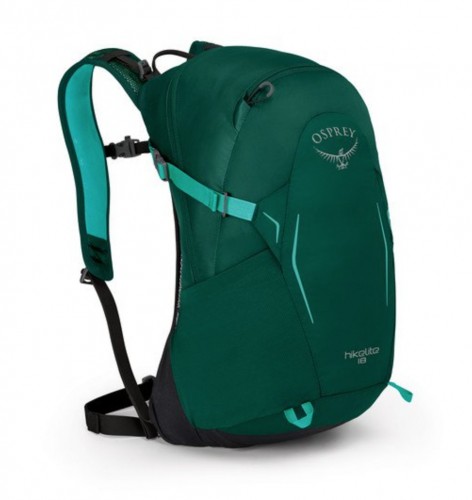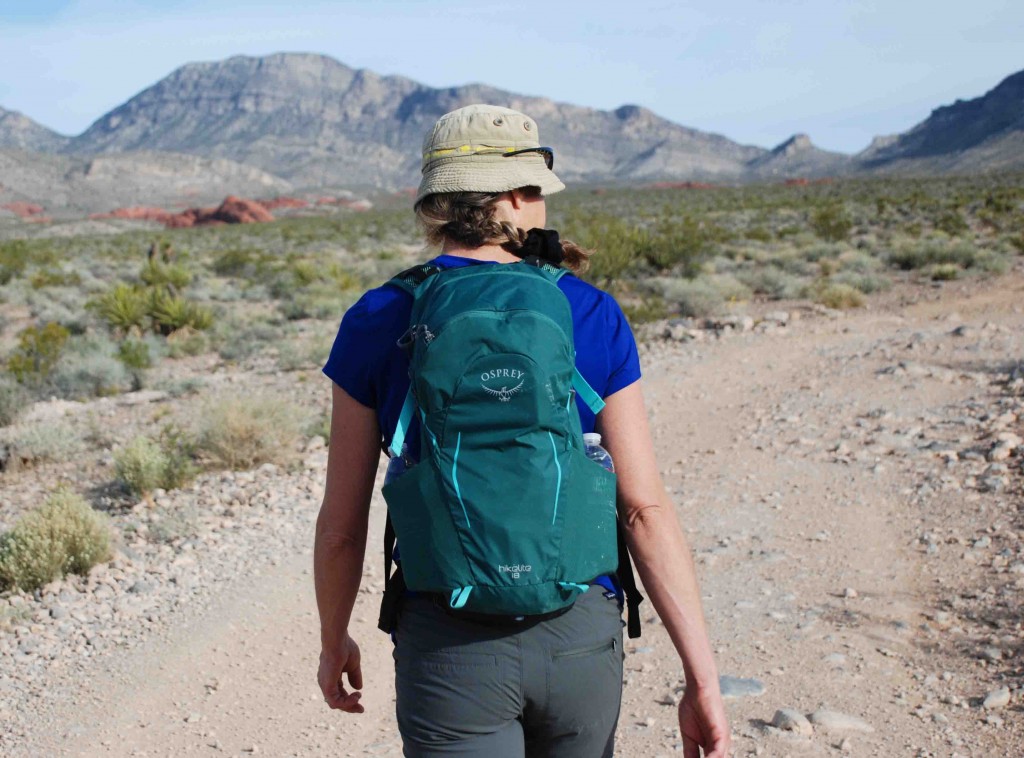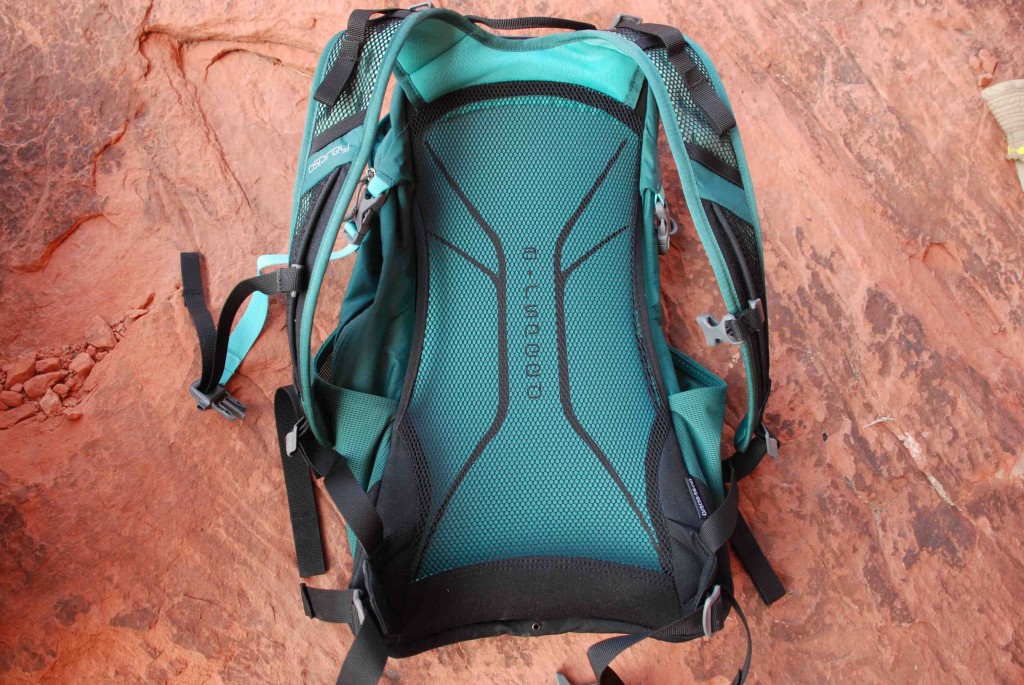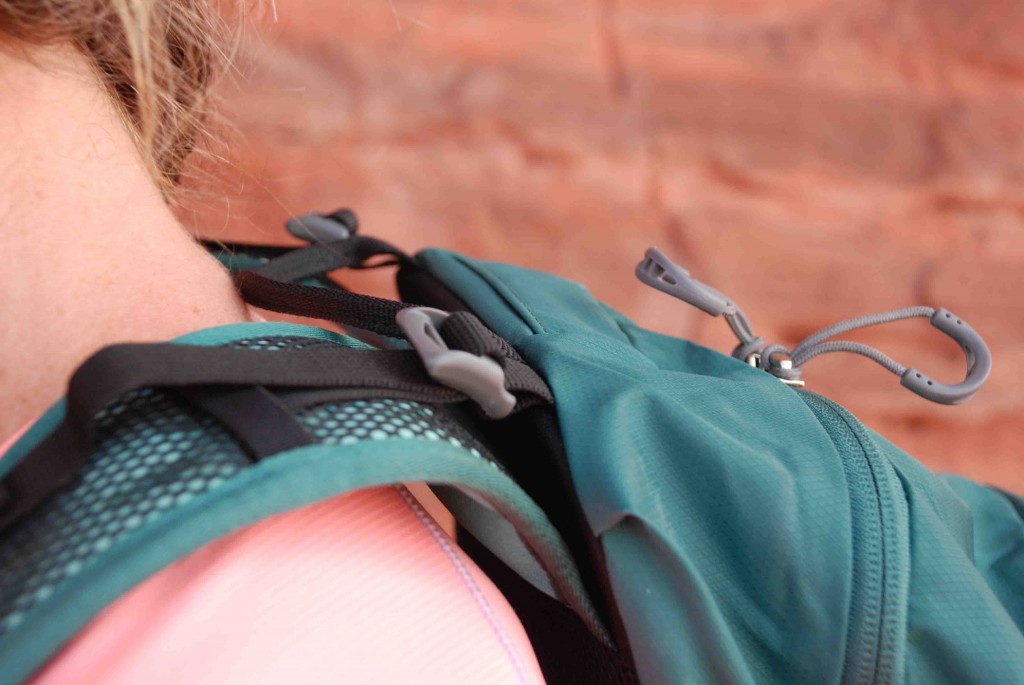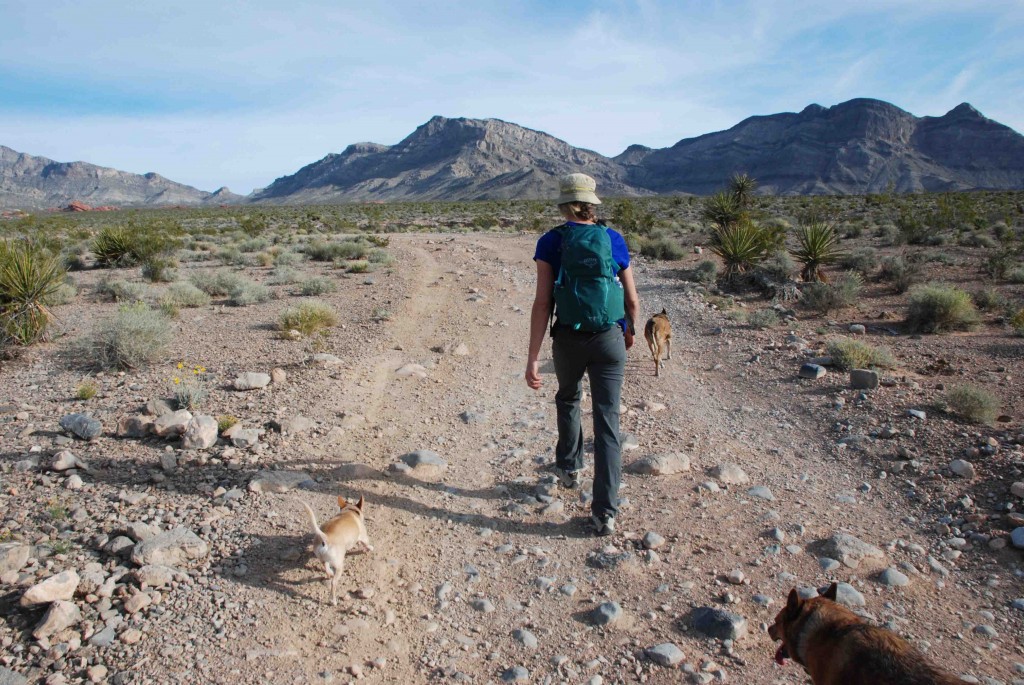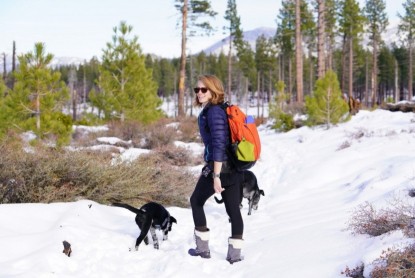Osprey Hikelite 18 Review
Our Verdict
Our Analysis and Test Results
The Osprey Hikelite 18 uses 100D Nylon in the body of the pack and 500D Nylon Packcloth on the bottom. Note that this is a unisex pack, the only one that we tested here, but we were excited to check it out anyways and see how it compared to the other models in our women's-specific review. The Hikelite comes in a few colorways that are more “female-friendly” than unisex (but not pink!), and the 16-inch torso length is similar to other women's packs. In fact, taller men might find this pack too small, though that's less of an issue due to the lack of a proper hip belt. You don't have to worry about the pack length lining up with your back length as much.
Performance Comparison
Comfort
We gave the Hikelite a lower score for Comfort. It didn't have the most padding or support, and the frame dug into some of our testers the wrong way.
The shoulder straps are thin but still have some padding in them, and are wide enough to go around our shoulders without digging into our necks. While manufacturers often make the distance between the shoulder straps narrower on women's specific models, we didn't notice that they were unusually wide on this unisex version. In fact, they were great compared to the Patagonia Nine Trails 26, which are cut so close together that they dug into our necks. The mesh back panel is nice and comfortable as well, and doesn't get as wet and clammy as the back of a pack does when pressed up against your back for miles.
This pack doesn't have a proper hip belt though, which made it less comfortable overall than the models that did. Sure, there is some one-inch webbing that you can cinch tight around your waist, but it doesn't do much to transfer the weight off of your shoulders, nor is it comfortable to cinch it tight! Luckily, the webbing is removable so that you can get rid of it should you not plan to use it and not want it dangling around you all day. The smaller volume of this pack also makes it harder to take too much weight with you, but we did appreciate the full hip belt found on the even smaller (and lighter) Mammut Lithia Speed 15.
Features
The Hikelite has a lot of features packed into this smaller bag. There's a rain cover that stows into a small pouch in the bottom of the bag, along with two small ice axe holder tabs. The side compression straps can hold your trekking poles and do an excellent job of cinching everything down when the pack is not full.
It doesn't have the “stow on the go” feature for storing your trekking poles the way the Osprey Sirrus does, but we didn't like to carry our trekking poles that way anyways. And it is also missing hip belt pockets (since there is no hip belt). The side mesh pockets are nice and wide and can hold larger 1L water bottles with room to cram a few other things in them as well.
Weight
The Hikelite received one of the highest scores in this category thanks to its low weight (24 ounces / 1.5 pounds). The only bag that was lighter was the Mammut Lithia Speed 15, which weighs a scant 19 ounces.
The Hikelite is heavier than the Lithia because it has a rigid frame and a mesh back panel, and slightly thicker material in the body. If you are looking for something that can fold up or get stuffed into a bigger backpack to use as a summit pack on a backcountry trip, the Lithia is the way to go. The Hikelite is a better choice for shorter hikes close to home, as is the Lowe Alpine Aeon ND20.
Adjustability
The Hikelite only comes in one frame size, which makes it less adjustable than options with several size choices. The 16-inch back length worked well on all of our female testers though, because the fit doesn't have to be as precise like it does for those models with a real hip belt.
The hip belt itself doesn't have a ton of play either; fully extended it's about 36-38 inches. There are load-lifter straps on the shoulder straps, but they don't do much considering the angle of the pack and the fact that you won't have too much packed in there anyways.
Durability
The main body of the Hikelite is 100D nylon, which is on the thin side; however, the bottom of the pack is reinforced with 500D packcloth to keep holes in the bottom at bay.
The soft mesh side pockets are great for stowing your water bottles and extra hats or buffs, but they don't hold up to regular wear as well as a nylon pocket. We hike a lot in the sharp desert, so we know to be careful with a thin 100D pack like this one, and/or avoid them altogether. If your regular hiking environment is all soft mossy forests, then this might not be as big of an issue for you. The thinner material does make for a lighter pack, so you'll have to ask yourself which is your biggest priority. If you're looking for something that can handle an unforgiving landscape, Osprey's own Sirrus 24 is a great choice.
Best Applications
The Osprey Hikelite 18 can hold a day's worth of gear, but you might not be too comfortable carrying that much in it. This option is best for short hikes where you won't be carrying too much but still need a pack for your water, layers, dog leashes, etc.
Value
This pack retails for $85, which is a great price compared to the Patagonia Nine Trails 26 ($160) and the CamelBak Sequoia 22 ($150). It's not quite as versatile as a larger pack, and our Best Buy winner, the REI Co-Op Trail 25, is still cheaper at $80. But if you already have a larger day pack and are looking for something smaller for quick hikes, the Hikelite 18 fits the bill.
Conclusion
The new Hikelite 18 from Osprey is a great addition to their daypack line. The other Osprey packs in this review are excellent options also, and are designed for all-day missions where you want and need a lot of gear. If you want something light to throw on your back as you head out on shorter trips, the Hikelite is a great choice.


